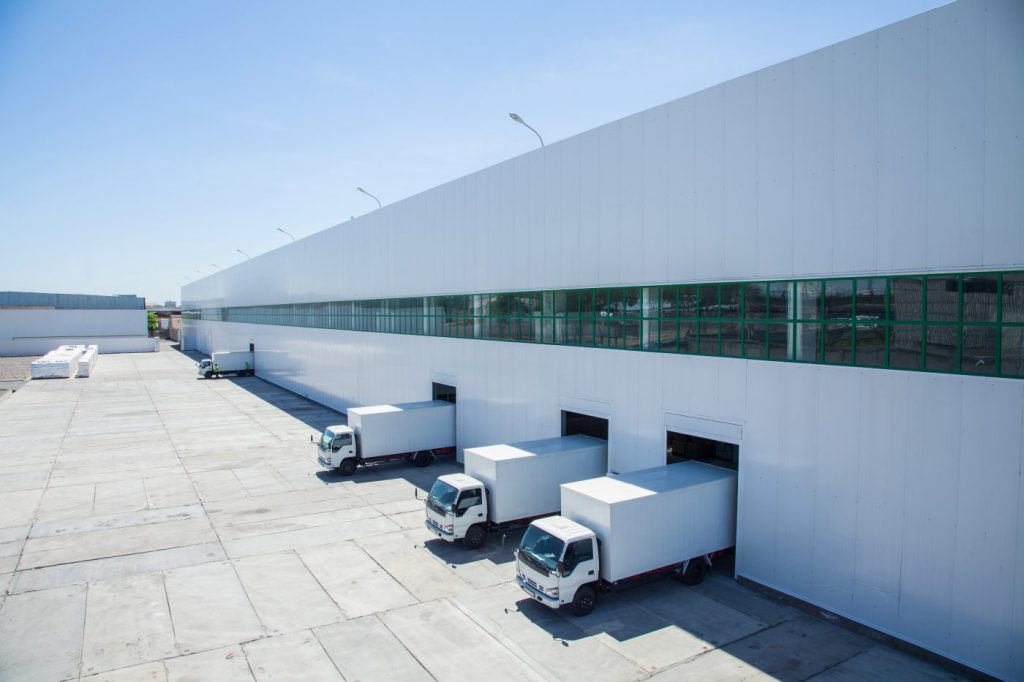Some problems have clear answers. How much is two plus two? The answer is clearly four. Other problems are not so clear cut. Where should I locate my next warehouse? How should I position inventory to provide a reasonable level of customer service at a reasonable cost? Is it better to ship from the factory to a distribution center via rail or truck? In most cases, there is no single “right” answer to this kind of question; there can be many, or at least several, solutions that are perfectly reasonable, with little or no real difference in terms of the end result.
This ambiguity is central to the world of supply chain planning. As with most other planning and management disciplines, the supply chain offers a constantly changing array of choices where every decision is influenced by multiple factors and has an effect on many different but related aspects of operations. At its core, supply chain planning is often a matter of choosing between customer service (often directly related to speed and/or responsiveness) and cost.
It’s not MRP or DRP
 Material Requirements Planning (MRP), and similarly Distribution Requirements Planning (DRP), ignore trade-offs and just apply fixed assumptions and straightforward formulas to lay out a plan for scheduling purchases, production, shipping and inventory levels. Given the same assumptions, these processes will come up with the same answer every time. But that answer can be impractical or impossible to carry out because the calculation relies on fixed assumptions (lead time and lot size, for example, are assumed to be fixed).
Material Requirements Planning (MRP), and similarly Distribution Requirements Planning (DRP), ignore trade-offs and just apply fixed assumptions and straightforward formulas to lay out a plan for scheduling purchases, production, shipping and inventory levels. Given the same assumptions, these processes will come up with the same answer every time. But that answer can be impractical or impossible to carry out because the calculation relies on fixed assumptions (lead time and lot size, for example, are assumed to be fixed).
MRP might calculate that the factory will need 100 brackets for a production order due to start on March 5, for example, and only 60 are expected to be on-hand and available on that date. The system will recommend buying a standard lot of brackets, say 500, with a due date of March 5 and an ordering date of February 5 since there is an assumed lead time of four weeks. If this plan is laid out on February 15, 10 days after the order should have been started, that’s just too bad. MRP will expect you to get those brackets in less than the stated lead time.
Optimization, on the other hand, might recognize that half of that lead time is transportation and the purchase might be expedited by switching to a faster mode. There might be an alternate supplier with shorter deliver time. It may be possible to delay the production order start and make some adjustments in the production schedule to complete the product in time in spite of the late start. Optimization is designed to consider alternatives to come up with the ‘best’ plan, given the options available.
Supply Chain Examples
Supply chain planning is full of decisions that require a kind of ‘judgment’ to compare alternatives and find the best solution where there is no straightforward ‘right answer’.

Think about where to locate a new distribution warehouse. It should be close enough to provide acceptable shipment lead time to as many customers as practical using the least costly transportation alternatives. It should be stocked with the right mix of products, in the right quantities, to fill a high percentage of customer orders within the expected order processing and fulfillment time. There are many ways to achieve these goals and optimization will test many combinations to determine which produces the most favorable result.
Replenishment dynamics must also be factored in – distance and lead time from supplying warehouse, supplier or plant; quantity and timing of replenishment while considering transportation lead times and costs for different shipping alternatives. And there’s often an opportunity to reduce cost and improve service by stocking only certain products in certain warehouses and fulfilling a single order from multiple stocking points.
Optimization is the engine that makes supply chain planning possible. It is the tool that allows planning software to go beyond strict mathematical formulas to what can be considered a small step toward artificial intelligence – software simulating something resembling human reasoning.

